Pergularia daemia (FORSK.) CHOIV. |
| |
|
|
Botanical Name |
: |
Pergularia daemia (FORSK.) CHOIV. |
English
Name |
: |
Hairknot Plant |
Synonym(s) |
: |
Ascelpias daemia Forssk., Cynanchum echinatum Thunb., Cynanchum extensum Jacq., Daemia cordifolia (Retz.) Schum., Daemia extensa (Jacq.) R. Br., Gomphrocarpus volubilis Moon, Pergularia extensa (Jacq.) N.E.Br. |
Family |
: |
Asclepiadaceae |
| |
General Info
| Description |
 |
|
A slender, hispid, fetid-smelling perennial climber. Leaves opposite, membranous, 3 to 9 cm long and about as wide broadly ovate, orbicular or deeply cordate, acute or short-acuminate at apex, pubescent beneath. Flowers greenish-yellow or dull white tinged with purple, borne in axillary, long-peduncled, drooping clusters. Fruits (follicles) lanceolate, long, pointed, about 5 cm long, covered with soft spines; seeds pubescent, broadly ovate. |
| Herb Effects |
 |
|
Laxative (root bark); alleviates spasms, antibacterial, hypothermic, musculotropic, stimulates the central nervous and cardiovascular systems, anthelmintic, emetic, expectorant and stimulates the uterus (plant) |
Chemistry
| Active Ingredients |
 |
|
Calotropin, calactin and calotropogenin, hentriacontane, betaine, lupeol, beta-sitosterol and alpha and beta-amyrin. |
| Chemistry
of Active Ingredients |
 |
|
|
 |
Name |
CAS# |
IUPAC Name |
Formula |
Structure |
 |
|
| Calotropin |
20304-47-6 |
Not Available |
C29H40O9 |

|
| Calactin |
20304-47-6 |
Not Available |
C29H40O9 |
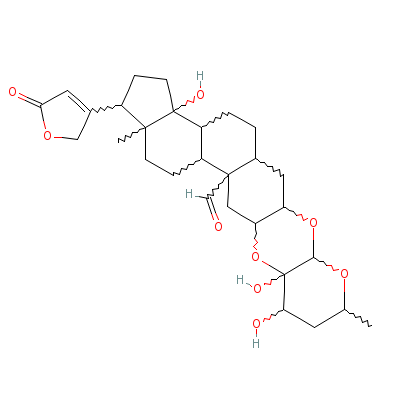
|
| Hentriacontane |
630-04-6 |
hentriacontane |
C31H64 |

|
| Betaine |
590-47-6 |
carboxymethyl-trimet
hyl-ammonium
hydroxide |
C5H13NO3 |
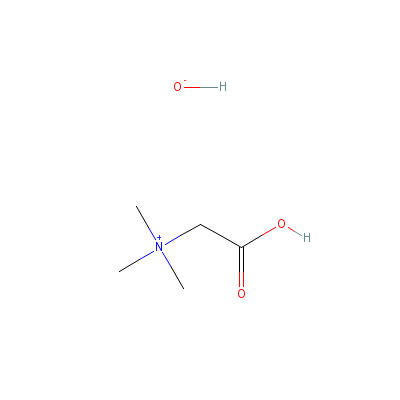
|
| Lupeol |
Not Available |
Not Available |
C30H50O |

|
| beta-Sitosterol |
5779-62-4 |
17-(5-ethyl-6-methyl
-heptan-2-yl)-10,13-
dimethyl-2,3,4,7,8,9
,11,12,14,
15,16,17
-dodecahydro-1H-cycl
openta[a]phenanthren
-3-ol |
C29H50O |
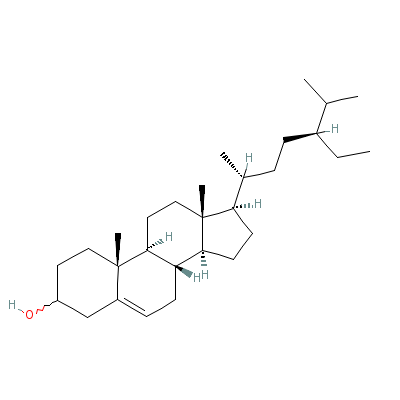
|
| alpha-Amyrin |
638-95-9 |
4,4,6a,6b,8a,11,12,1
4b-octamethyl-2,3,4a
,5,6,7,8,9,10,11,12,
12a,14,14a
-tetrade
cahydro-1H-picen-3-o
l |
C30H50O |
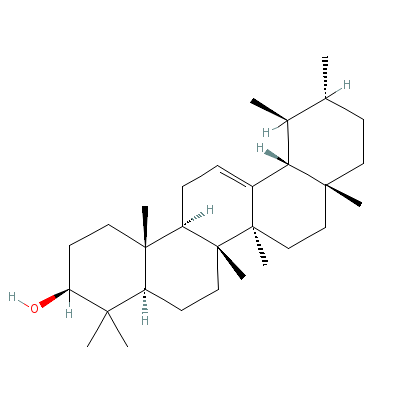
|
| beta-Amyrin |
559-70-6 |
4,4,6a,6b,8a,11,11,1
4b-octamethyl-1,2,3,
4a,5,6,7,8,9,10,12,1
2a,14,14a-
tetradec
ahydropicen-3-ol |
C30H50O |
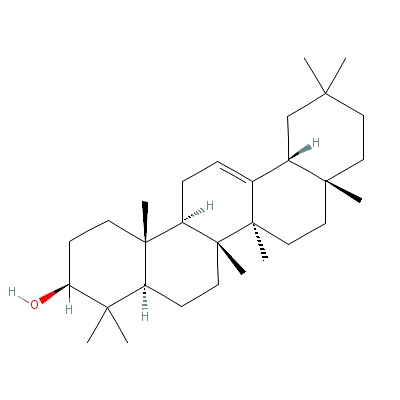
|
|
Pharmacology
| Medicinal Use |
 |
|
Stimulating the uterus, anthelmintic, in infantile diarrhea, expectorant. in catarrh and asthma (plant); laxative (root bark); as a poultice (in carbuncle) (leaf pulp). The plant extract has a stimulatory action on uterine and other involuntary muscles and is used to treat uterine and menstural troubles and to facilitate childbirth. The fresh, pulped leaves are applied as a poultice to relieve carbuncles. The leaf juice is an expectorant in catarrhal affections and is emetic; it is used to treat infantile diarrhoea; mixed with lime or ginger, it is applied externally to relieve rheumatic swellings. |
| Reference |
 |
|
 Chandel et al., Biodiversity in Medicinal and Aromatic Plants in India. Chandel et al., Biodiversity in Medicinal and Aromatic Plants in India.
Uniyal et al., Medicinal Flora of Garhwal Himalayas. |
Dealers
Products
|
|